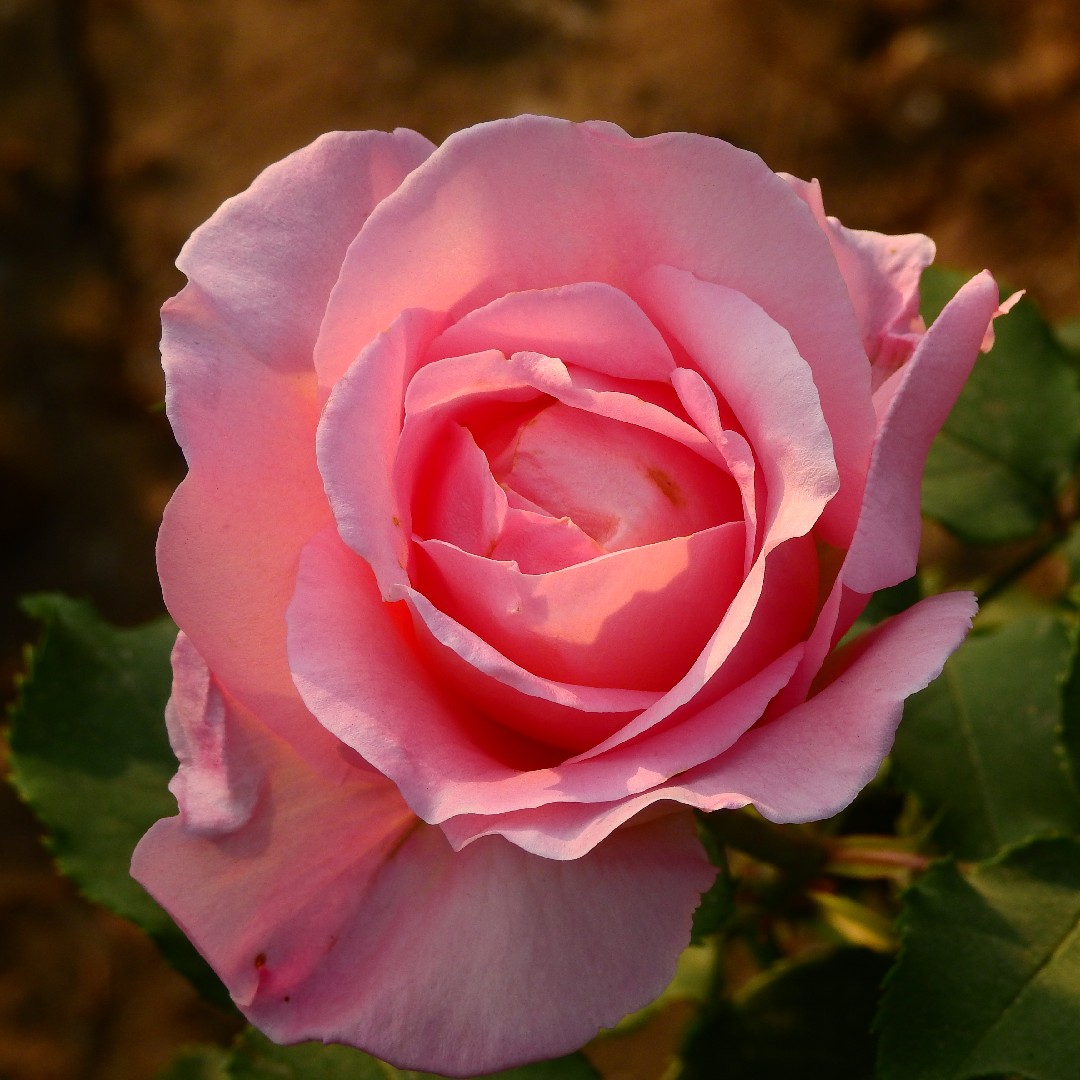An overwatered
Tea rose can start to have leaves that turn yellow, drop off and wilt. The plant can also look dull and unhealthy, with signs of mushy stems. When they are beginning to show these signs, it's best to adjust your schedule whenever possible.
The wilting can also be a sign of under watering as well. You might see that the leaves begin to turn crispy and dry while the overwatered ones will have soft wilted leaves. Check the soil when it is dry and watering is not enough, give it a full watering in time. Enough water will make the
Tea rose recover again, but the plant will still appear dry and yellow leaves after a few days due to the damaged root system. Once it return to normal, the leave yellowing will stop .
Always check the moisture levels at the pot when you have the
Tea rose indoors. Avoid overwatering indoors and see if there are signs of black spots. If these are present, let the soil dry in the pot by giving it a few days of rest from watering.
Overwatering can lead to root rot being present in your plant. If this is the case, you might want to transfer them into a different pot, especially if you see discolored and slimy roots. Always prevent root rot as much as possible, and don't let the soil become too soggy.
You should dig a little deeper when you plant your
Tea rose outdoors. When you check with your fingers and notice that the soil is too dry, it could mean underwatering. Adequate watering is required to help the plant recover.

